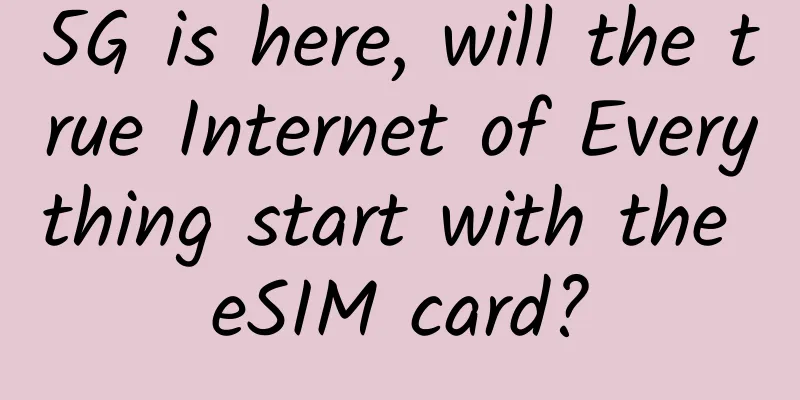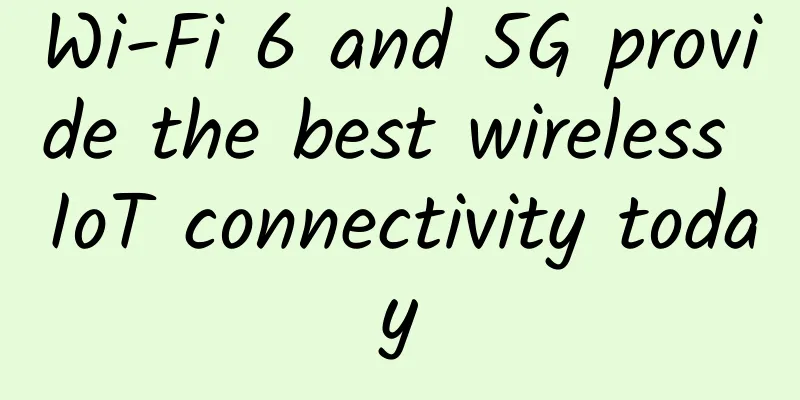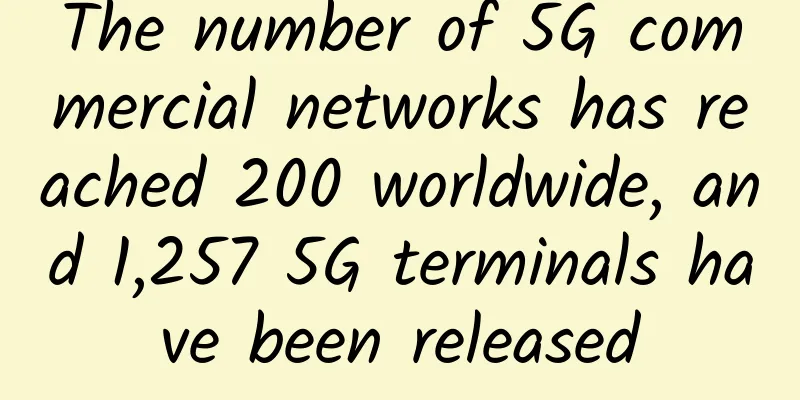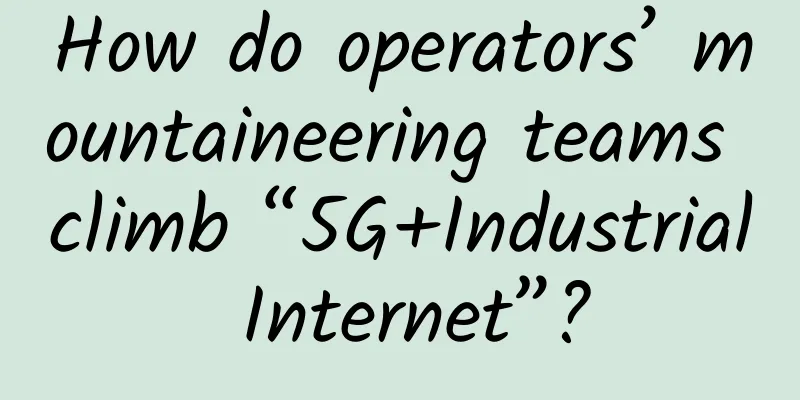QinQ basics, VLAN double-layer TAG, learn in one minute
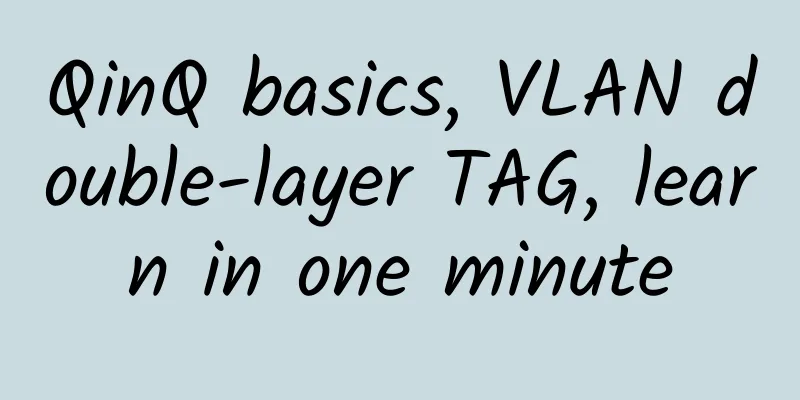
|
1. Introduction to QinQ The VLAN ID field defined by IEEE 802.1Q has 12 bits, which can provide up to 4094 VLANs. However, in practical applications, especially in metropolitan area networks, a large number of VLANs are needed to isolate users, and 4094 VLANs are far from meeting the demand. QinQ enables the entire network to provide up to 4094×4094 VLANs, meeting the metropolitan area network's demand for the number of VLANs. QinQ is the abbreviation of 802.1Q in 802.1Q, which is a relatively simple Layer 2 VPN protocol based on IEEE 802.1Q technology. By encapsulating a layer of VLAN Tag into the private network message, it carries two layers of VLAN Tags and passes through the operator's backbone network (also known as the public network), allowing the operator to use one VLAN to provide services for user networks containing multiple VLANs. QinQ has the following advantages:
2. Working Principle of QinQ QinQ packets are transmitted in the carrier network with double VLAN tags:
During the transmission process on the public network, the device only forwards the message according to the outer VLAN Tag, and the inner VLAN Tag will be transmitted as the data part of the message. 3. QinQ Network Topology The private VLANs of user networks A and B are VLAN 1 to 10 and VLAN 1 to 20 respectively. The public VLANs allocated by the operator to user networks A and B are VLAN 3 and VLAN 4 respectively.
How QinQ is implemented When the QinQ function is configured on a port, the device will add the default VLAN tag of the port to the message, regardless of whether the message received from the port has a VLAN tag or not:
|
<<: With the advent of 5G networks, will 4G phones become obsolete? Not necessarily
>>: After the holidays, I return to work and upgrade my home router to welcome the New Year.
Recommend
From TCP to Socket, a thorough understanding of network programming
For students who are engaged in program developme...
Passive Optical Network (PON) Technology Video Surveillance System Solution
Faced with the rapid growth of security services ...
What is the use of computing power, which has been so popular recently?
"In any method of calculation, you must firs...
Communication Protocol I2C Subsystem I2C Driver
Now let's write the I2C Driver part. The I2C ...
RAKsmart: VPS/cloud server from $19.9/year ($0.99/first month), 1Gbps unlimited traffic server from $89/month, multiple data centers available in the United States/Hong Kong, etc.
RAKsmart continued to launch a number of activiti...
Cisco released the IT Operations Readiness Index report, and Chinese enterprises' IT operations provide more value to their businesses
[Original article from 51CTO.com] Cisco recently ...
Huawei Enjoy 10S hands-on review: good looks, photography, and battery life
Data released by market research firm QuestMobile...
SDN/NFV/CLOUD is too complex and AI and 5G accelerate the reconstruction of the network
Just like decoration in life, during the decorati...
5G applications drive cellular IoT module market growth
Global cellular IoT module shipments are expected...
There are four major challenges in the development of 5G. The next 2-3 years will be a critical period for the development of 5G.
A total of more than 700,000 5G base stations hav...
RAKsmart's year-end discount upgrade, G-port unlimited servers reduced to $99 per month, San Jose servers sold at $30 per month
A few days ago, RAKsmart released a notice of yea...
China's five major mobile app stores jointly launch 64-bit Android ecosystem migration
(April 19, 2021) In order to assist Chinese Andro...
Eight major IT disasters in 2024
Like most years, 2024 has seen a series of IT dis...
JuHost: Hong Kong VPS limited 40% off starting from $2.99/month, 1G memory, 20G SSD, 1TB monthly traffic
Last month, I shared information about JuHost, a ...
What are the popular LAN technologies and LAN types today?
LAN technology in computer networking is widely u...



